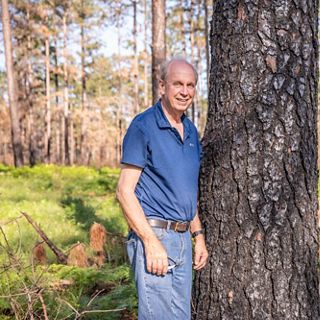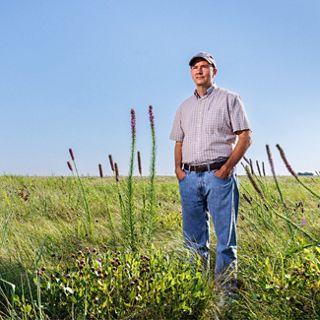
A Forest Worth Fighting For
Landowner Rufus Duncan is turning passion into protection for Texas’s longleaf pine forests through a conservation easement with The Nature Conservancy.
Sunlight trickling through a canopy of hundreds of seemingly identical pine trees rising from knee-high undergrowth. The understory looks unremarkable at first but is actually teeming with plants and animals—creating one of the most biodiverse ecosystems. Looking up, there’s always a chance of seeing a threatened red-cockaded woodpecker flying between trees in search of its next meal. The beauty and uniqueness of longleaf pine forests is undeniable. They’re an iconic landscape of the southeast for a reason, after all.

While a healthy longleaf pine forest has become harder to find in eastern Texas, they once were a dominant part of the region’s landscape. Even as these forests have become fragmented or replaced by other tree species, their beauty still inspires.
“I bought that land because I love the ecosystem,” said Rufus Duncan.
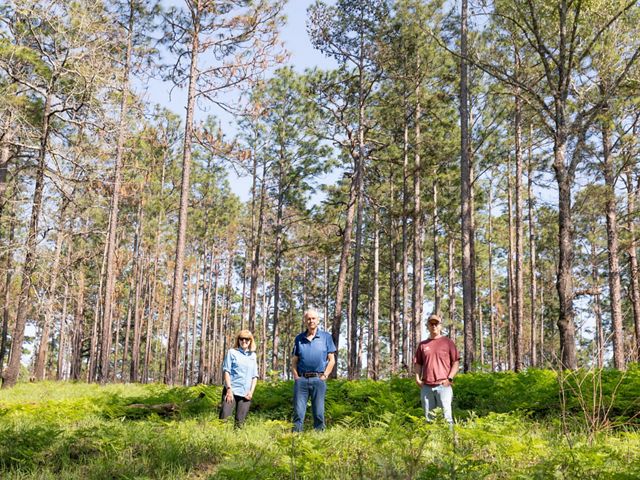
Years ago, a friend of Duncan’s won a bid for a parcel of land that was part of the historic Scrappin’ Valley hunting lodge in East Texas that was owned by Temple at the time. That friend allowed Duncan to take the northwest corner of that parcel because it had longleaf pine and a high percentage of threatened or rare species, including the red-cockaded woodpecker and the Louisiana pine snake. From then on, Duncan was the owner of 1,885 acres of land that included the longleaf pine forests he’d always adored.
While Duncan’s business is timber, he worked with The Nature Conservancy to place his land into a conservation easement, preserving the part of his land that was predominantly longleaf pine forest.
Conservation Easements Explained
A conservation easement is a voluntary protection land agreement that landowners can make with a land trust. Under the terms of a conservation easement, private landowners agree to conserve working farms, ranches and wildlife habitat. In exchange for a payment, a tax incentive, or in some cases, both, landowners promise to protect their land from overdevelopment and ensure it remains as farms, forests, ranches and other natural areas.
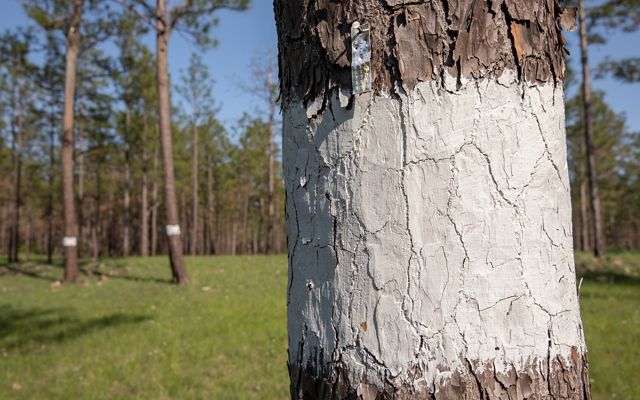
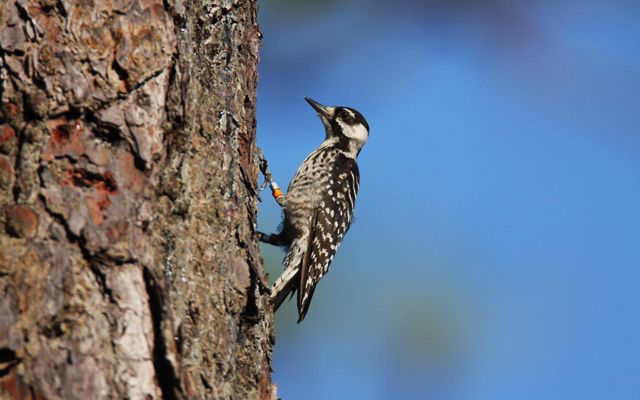
The Temple family did their best to protect some of the longleaf pine ecosystems out there. So, Duncan felt it was his responsibility to carry on that legacy once he became the owner of these lands.
Since Duncan purchased the land, he’s taken an active role in managing it. He has biologists come out two or three times a year to monitor the threatened species, and he burns the land roughly every two years. Fire is a natural part of the longleaf pine forest ecosystem and helps keep invasive species under control.
“Most people don’t want endangered species,” said Duncan. “It doesn’t make any difference to me.”
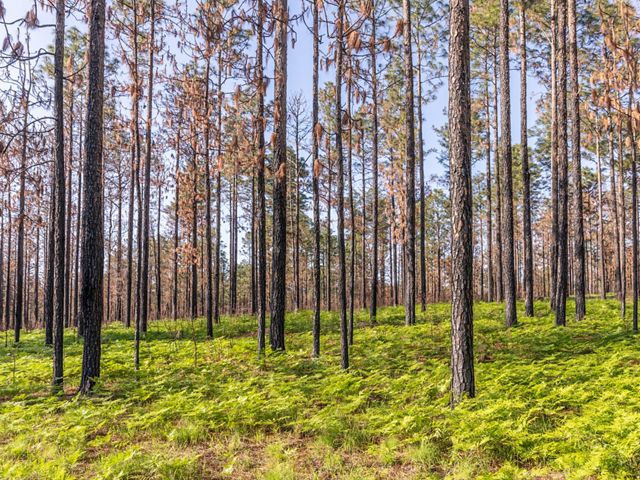
Duncan wants to preserve and manage the ecosystem because he loves it, regardless of the work that is required to maintain it. And entering into the land conservation agreement with The Nature Conservancy allows him to care for the land in a way that benefits him and nature.
Quote: David Bezanson
In the years since Duncan started managing his longleaf pine forests, the threatened red-cockaded woodpeckers on his land have flourished. While once a cryptic and hard to spot species, they’re now abundant on his lands. They’re so prevalent that neighboring conservation lands are now coming to him and bringing bird clusters to their lands to establish new populations.
While these lands will never be the most lucrative because of longleaf pine growth cycles, Duncan says there are ways to make it worth a landowner’s time even if they aren’t in it for the love of the ecosystem. By managing longleaf pine forests so that they’re healthy and mature, you can harvest trees that are great for utility poles and that will bring in double the price per ton compared to a regular pine log.

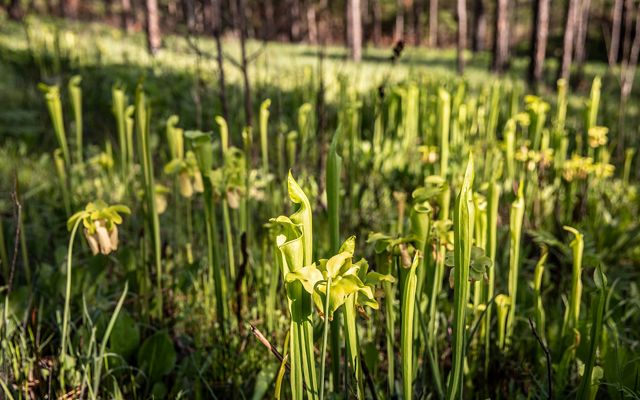
However, if you ask Duncan why someone should protect longleaf pine forests and responsibly manage them, he’ll remind you that it’s an ecosystem worth loving for what it is and nothing more.
“You’re going to have a property that is open underneath the canopy, and you can just see forever. It’s really good for deer, turkeys and all sorts of animals,” Duncan said. “Most people do it because they love the ecosystem.”
Video
Conservation Easements
We Can’t Save Nature Without You
Sign up to receive monthly conservation news and updates from Texas. Get a preview of Texas' Nature News email.

